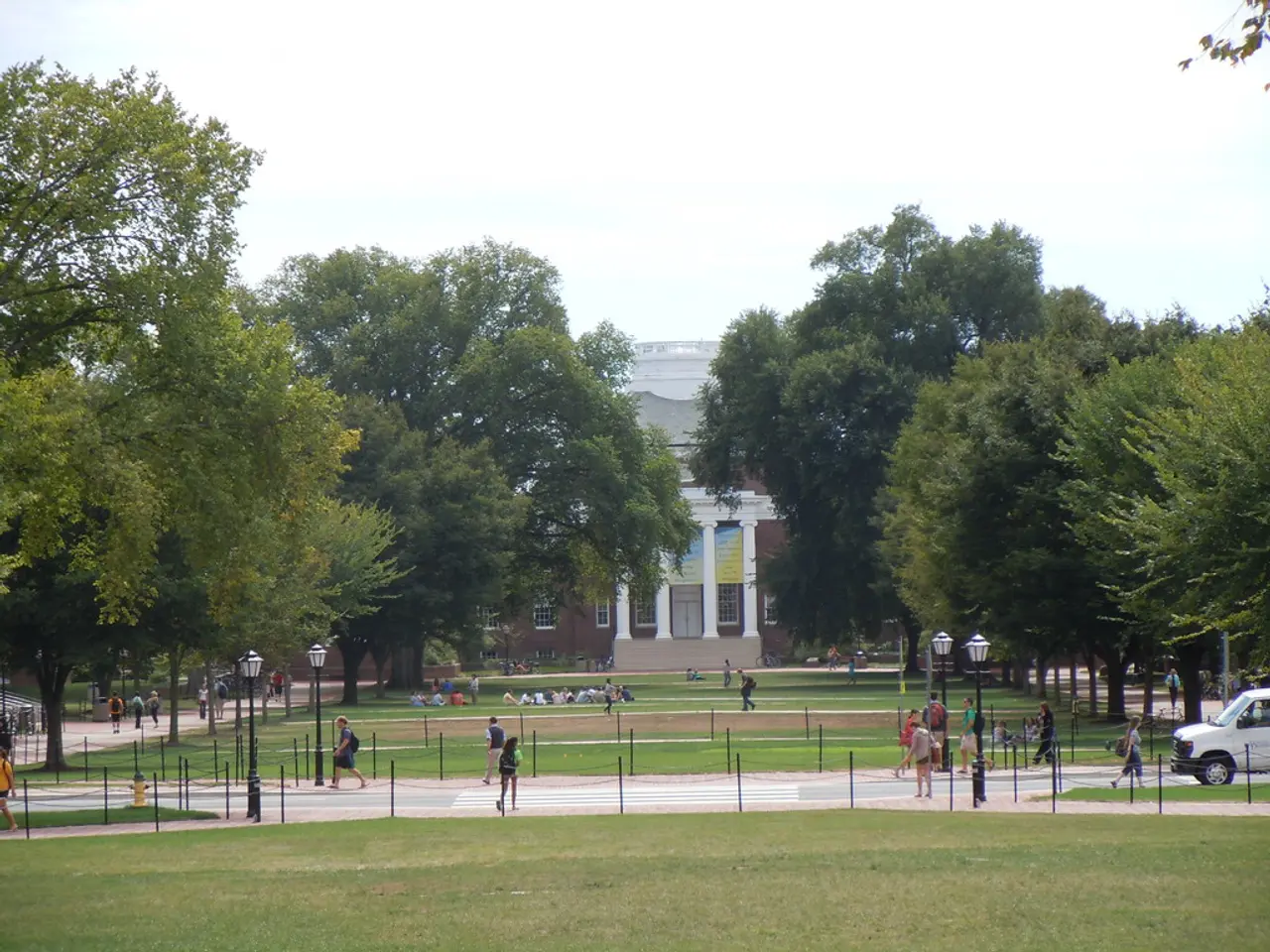Students from Omsk participated in archaeological excavations as part of their academic work
Student archaeological detachments in Russia, particularly in the Omsk region, have seen significant growth and have become a major contributor to historical discoveries and increased student participation in archaeology. These groups of students engage directly in archaeological excavations and research, often under the guidance of professional archaeologists.
The Omsk region, located in southwestern Siberia, has been a rich area for archaeological exploration due to its layered historical sites spanning from prehistoric cultures through medieval times. Student detachments here have contributed to uncovering artifacts that shed light on the region’s past civilizations and interactions, supplementing the broader understanding of Siberian and Russian history.
To join these student detachments or find employment opportunities, visit the website http://studotrayd.ru/ or call the RSO call center at 8-800-770-0-117.
The growth of these student detachments can be attributed to several factors: educational involvement and institutional support, hands-on experience, significant discoveries, and cultural heritage preservation. These detachments offer students practical skills in excavation, surveying, artifact preservation, and data recording, which enhances academic training and fosters a deeper connection with historical material culture.
The impact of such detachments extends beyond academic findings. They promote widespread engagement, interdisciplinary collaboration, and community awareness.
In the Omsk region, the first archaeological detachment, "Asgard," was created at Omsk State Pedagogical University in 2022. The student archaeological detachments are taking place in various regions, including the Omsk region, Krasnoyarsk Krai, Khanty-Mansi Autonomous Okrug, and Yakutia. Currently, there are four student archaeological detachments in operation: "Asgard," "Omega," "Ermak," and "Secret."
The number of participants in the student archaeological detachments has grown from 11 to 130 in just three years. In 2025, approximately 130 students from Omsk State University named after F.M. Dostoevsky and Omsk State Pedagogical University are participating in student archaeological detachments.
Alexei Poteyko, chairman of the student detachment board in the Omsk region, stated that the student archaeological detachments are significant. He emphasized that these detachments offer students the opportunity to make historical discoveries and restore history with their own hands. Working in a student archaeological detachment also provides students with practical experience and the opportunity to earn extra money during the summer.
The RSO movement, of which the student archaeological detachments are a part, offers the opportunity to learn in-demand trades for free and find employment on large-scale projects, not only in Russia but also abroad. Since 1959, over 20 million people have graduated from student detachment schools. In 2024, more than 400,000 students and schoolchildren from 85 regions of Russia worked in Russian student detachments.
The student archaeological detachments are a unique direction where students make historical discoveries, propose hypotheses, and restore history with their own hands. They represent a new direction not only for the Omsk region but for the entire student detachment movement. The future of these detachments is hoped to continue developing, contributing to a better understanding of Russia's rich historical past.
- Students in the Omsk region are immersed in education-and-self-development opportunities through the student archaeological detachments, where they engage in hands-on learning about excavation, surveying, artifact preservation, and data recording.
- The growth of these detachments has fostered a deeper connection with historical material culture for students and has broadened the understanding of Siberian and Russian history by uncovering artifacts and shedding light on past civilizations.




